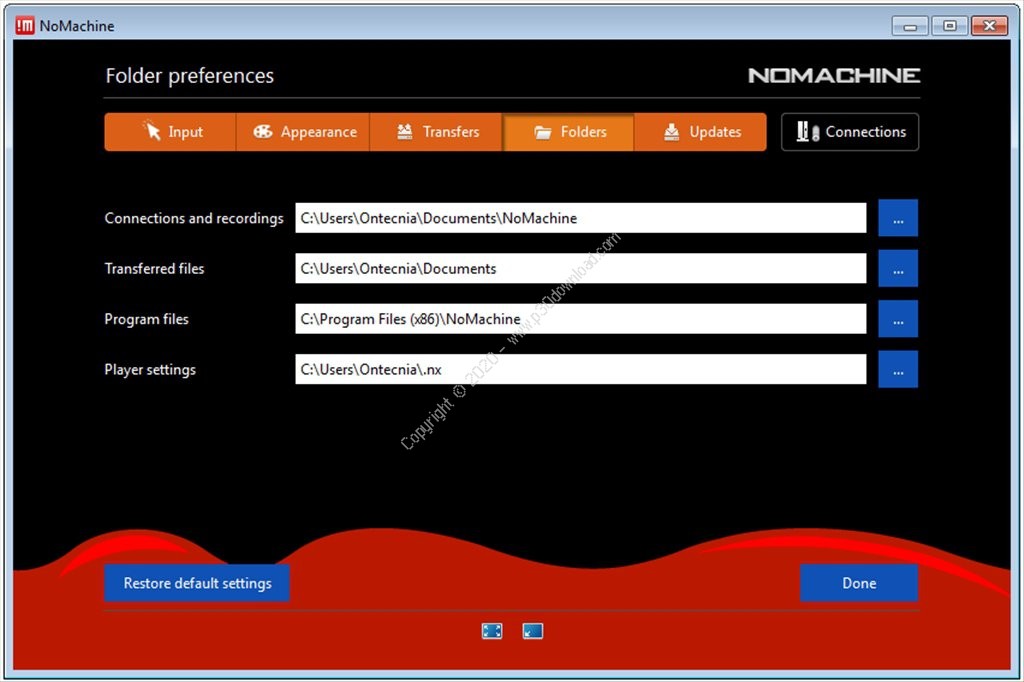

It depends on the host X server for most functions. Xnest is very old and creates a simple server with very few features. There are two ways to do this: Xnest and Xephyr. While you could start a new server, it is easier to create a fake server that lives in a window on your main server’s screen.

The trick is to create a new X server just for the Raspberry Pi. Your screen is already managed by something else - maybe even KDE. The obvious thing to do is to try that over an SSH connection with X forwarding. So the trick is how to start the desktop? The Tunneling Desktop If you want to start a modern version of KDE, you can run startplasma-x11. Plus, some programs really expect support from other services that a desktop environment like KDE starts. That’s fine, but it isn’t the entire desktop experience.


 0 kommentar(er)
0 kommentar(er)
